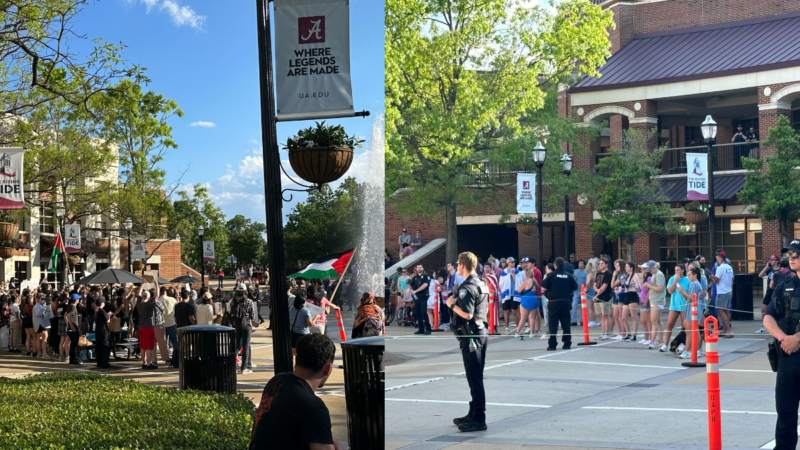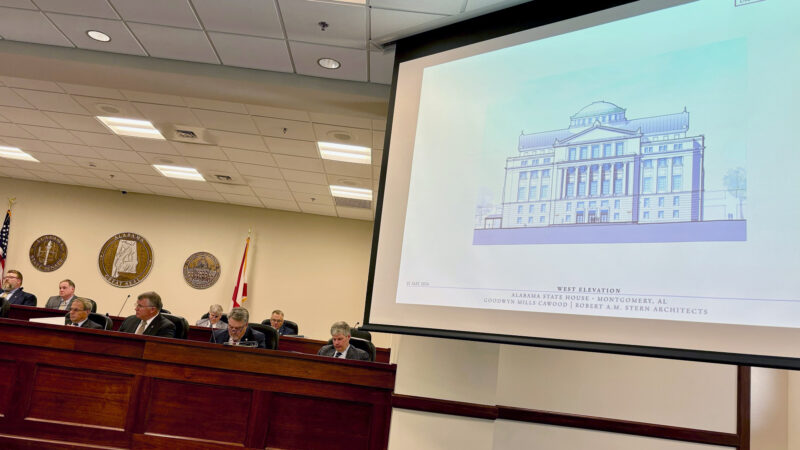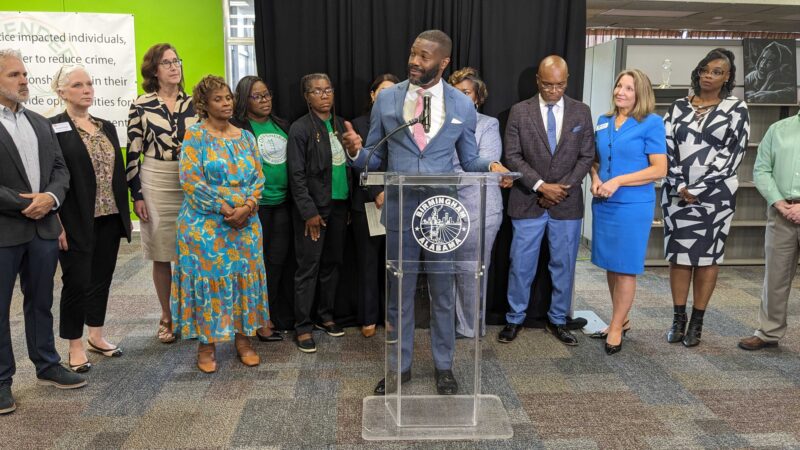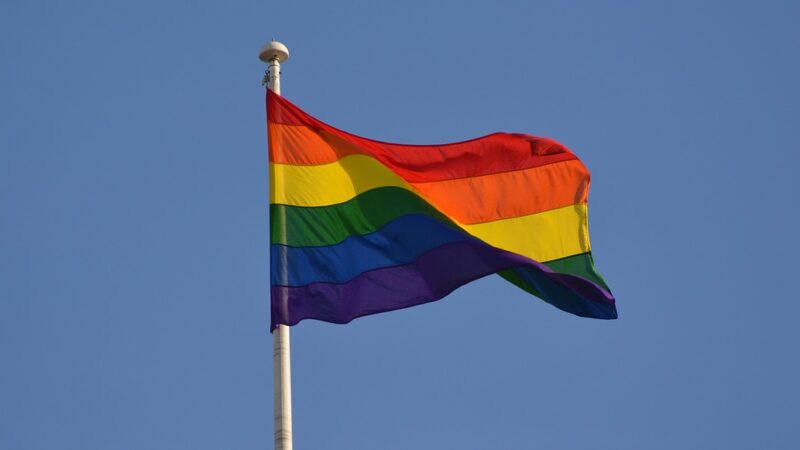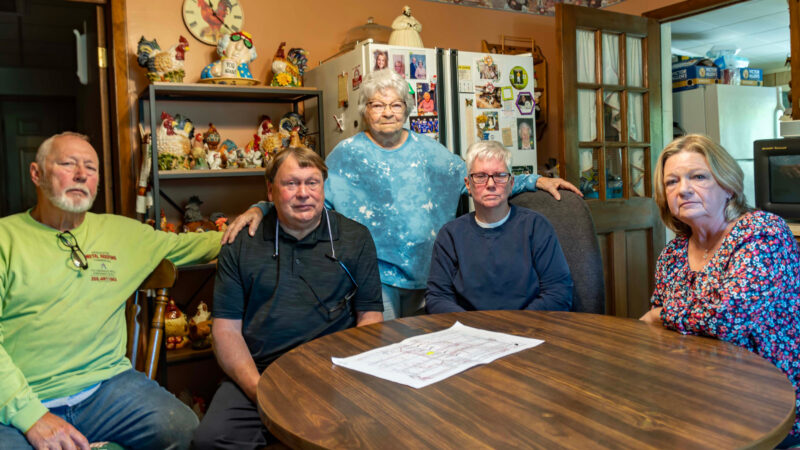Remembering the Stand in the Schoolhouse Door
Some images from the civil rights era are indelibly etched on our collective memory. For instance, the rubble left by the bombing of the 16th St. Baptist Church or the dogs and fire hoses set upon marching children in downtown Birmingham. Tuesday marks the 50th anniversary of a third — Governor George Wallace’s stand in the Schoolhouse door.
George Wallace’s stand was not a spontaneous event. Wallace carefully choreographed the scene to keep a campaign promise to his political base, a promise to defy federal desegregation orders. After years of delay and many federal court orders, the Kennedy administration was determined that black students Vivian Malone and James Hood would attend the university. And they let Wallace know they were serious.
“Attorney General Robert Kennedy himself visited Gov. Wallace in Montgomery on April 15.”
Culpepper Clark is a former dean at the University of Georgia. He’s author of The Schoolhouse Door; Segregation’s Last Stand at the University of Alabama. Clark says the Kennedy Administration wanted to avoid a repeat of the riot that killed two people at Ole Miss when that school was integrated the year before. When Robert Kennedy reached out to Wallace, he was taken aback by the Governor’s response.
“When Dynamite Bob Chambliss and accomplices bombed the 16th St. Baptist Church, Wallace went out and apologized not for anything but blamed it on the African American Community itself.”
The stand in the schoolhouse door helped propel Wallace to run for president 4 times. During a Maryland campaign stop on May 1972, Arthur Bremer shot the governor. That assassination attempt left Wallace to spend the rest of his life in a wheel chair.
The Effect of the Stand
It was Wallace’s success at attracting white working class voters that changed America’s political landscape.
“I think Wallace’s lasting legacy is the polarization that has made Alabama to this day not only the most conservative of American states but also most racially polarized.”
Wayne Flynt is a former history professor at Auburn University and is the author of Alabama: The History of a Southern State.
“In the 2008 presidential election between Obama and John McCain Alabama had the most divided populace of any state in the United States. 98% of African Americans voted for Barack Obama and more than 90% of whites voted for John McCain.”
Culpepper Clark believes the most consequential effect of Wallace’s stand was the shift in American political power.
And he carved out of the Democratic Party what would become known as Wallace Democrats. These Wallace Democrats would eventually become the Reagan Democrats of the Reagan revolution of the 1980s. Thus there’s a direct line between the drama that was taking place, the political theater. But behind it was a whole political sea change and the Democratic Party would lose its base for a long time to come.”
George Wallace’s stand didn’t stop Vivian Malone. She graduated from the University in 1965. James Hood left the university in ‘63 but went on to earn graduate degrees from Michigan State and Cambridge University. By 1966, there were 400 black students attending classes on the 3 campuses of the University of the Alabama System. For WBHM, I’m Greg Bass.
~Greg Bass, June 11, 2013
Pro-Palestinian demonstration draws counter-protest at University of Alabama
Students gathered demanding the school call for a permanent and immediate ceasefire and to push the school to sever ties with defense contractor Lockheed Martin.
A new Statehouse and related projects will cost about $400 million
The Alabama Legislative Council, a 20-member panel comprised of legislative leaders and their appointees, approved the construction of the new Statehouse last year. The panel was given an update on the project on Wednesday.
New pilot program will offer housing, resources to people leaving prison
The Birmingham Reentry Alliance will provide wrap around services to dozens of men and women adjusting to life after prison.
Alabama committee advances ban on LGBTQ+ pride flags in classrooms
The Senate Education Policy Committee voted 5-2 for the House-passed bill, putting the proposal in line for a possible final passage in the last four days of the legislative session.
A New Orleans garden paid hundreds of dollars in fees for a sewer that doesn’t exist
Galvez Garden owner Lissie Stewart has been fighting the New Orleans Sewerage and Water Board over inaccurate billing for years.
Alabama coal mine keeps digging after hundreds of fines and a fatal explosion
Following the death of a grandfather, Crimson Oak Grove Resources has left a community afraid for their homes and lives. An expert warns one resident may need to evacuate her home while she still can.

